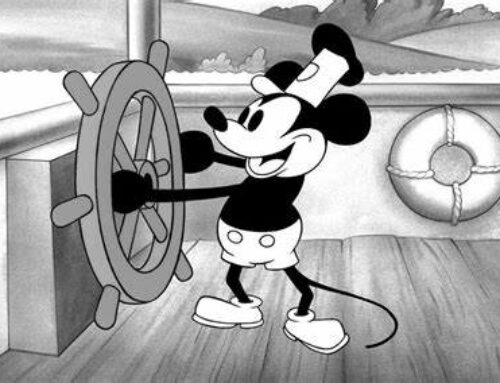Should You Name Your Fashion Brand After Yourself?

The story of Frances Valentine, which started with a little venture called Kate Spade New York, offers fashion designers a lesson of paramount importance in trademark registration and naming their brands after themselves.
This story begins in 1993 when Kate Spade, the designer, founded her eponymous brand, Kate Spade New York, after debuting a small selection of handbags. Since then, the brand, which is recognised by its colourful, graphic, and witty style, has become by all measures an international success.
In 2006, Kate Spade New York was sold to Liz Claiborne, Inc. (now Kate Spade & Co), which expanded the brand’s offerings to include bedding, legwear and fragrance. Kate Spade & Co. now offers everything from handbags and clothing to jewellery, shoes, stationery, eyewear, and more.
Due to the significant promotional efforts of the company, the designer’s name “Kate Spade” took on a second meaning. In other words, “Kate Spade” now identifies both a person and products sold by the company. It is now also protected under trademark law because it has become an asset of the fashion brand.
Trademark registration
So what is a trademark? A trademark can be a word, phrase, symbol, design, or some combination thereof, with the purpose to identify you or your company as the source of your goods or services. It is one of the most important elements of a fashion brand and can account for 80% of a company’s value. Some well-known trademarks include the Louis Vuitton “LV” monogram, the Adidas triple stripe, and the Nike swoosh. Personal names can also be trademarked if they gain commercial significance, as did the name “Kate Spade.”
Trademark infringement is defined as the unauthorised use of a trademark on or in connection with goods or services in a manner that is likely to cause confusion, deception, or mistake about the source of the goods or services. A claim for trademark infringement is analysed under the likelihood of confusion test: would the average consumer be confused as to the source of the goods or services?
Likelihood of confusion
Let’s return to the story of Kate Spade, the designer. Soon after she sold her company, she left it to focus on her family and to pursue philanthropic projects. However, recently, she decided to return to the shoe and handbag market. This time, though, she could not use her personal name “Kate Spade” because of the likelihood of confusion with the Kate Spade & Co. brand.
So she is starting afresh with a company called “Frances Valentine,” names that she chose due to their significance to her: “Frances” is a long-time family name on her father’s side, and “Valentine” is her maternal grandfather’s middle name. Taking drastic action, she also legally changed her own name to Kate Valentine to avoid any association or connection with her old eponymous brand. The new brand focuses exclusively on shoes and handbags and is, in many ways, a start-up but with some very experienced people at its helm.
Hidden dangers
What is the take-away here? Many young designers choose to use their personal names for their brands, but there are hidden dangers. As the story of Kate Spade shows, a designer who chooses to leave her company may lose some of the rights to use her own name.
Choosing the right name for your label is an important step for every fashion brand, as is protecting your trademark rights in an already established brand. To discuss your brand protection strategy and protect your trademark through trademark registration, contact Tidman Legal to schedule a free consultation with our trademark lawyers.
Tidman Legal is an Edinburgh-based firm of specialist intellectual property lawyers who can advise on all aspects of branding and trademark registration for your business.






